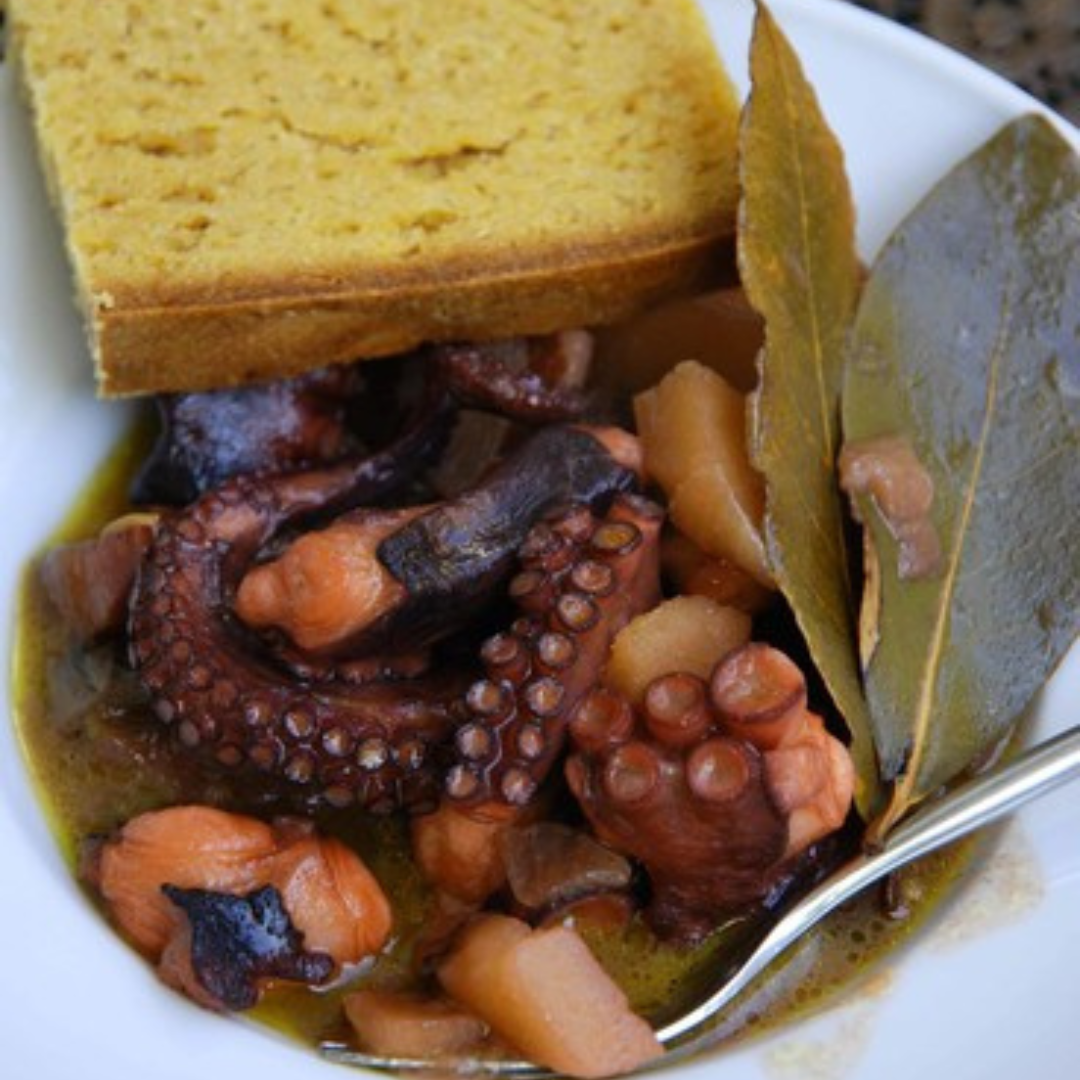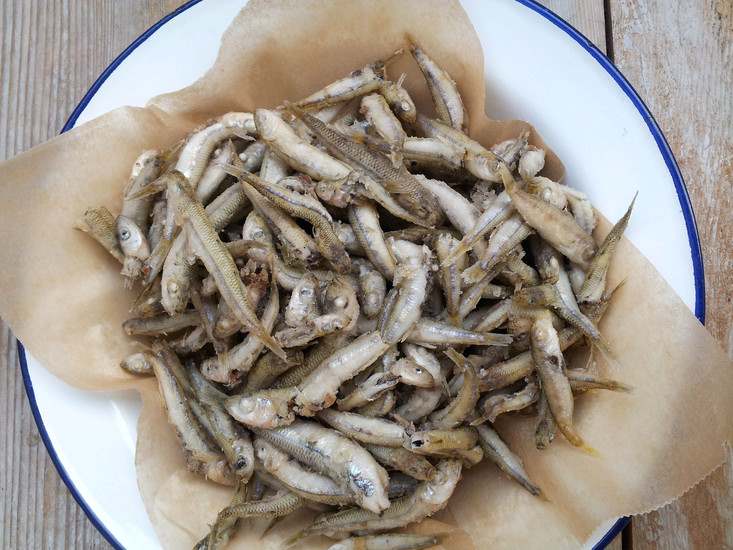However, a trip to Zadar’s market is still a mouth-watering experience. The fish market is a delight, built right into the city ramparts at the spot where the fishing trawlers land with their catch. As well as lush lettuces and crisp chard, you’ll find citrus fruits and kiwis from the islands, fresh and dried figs, home-made olive oil and cut flowers straight from the garden.
Apart from the riches of the fertile plains and seas, Zadar’s gastronomic identity is shaped by the mountains you see to the north. From there comes the tradition of rearing sheep and goats. Both the meat and the milk are the basis of some of the Zadar region’s most interesting specialities.
Let’s get a little bit specific. What should you look out for if you’d like to try the authentic food of the Zadar region?

The coast
The obvious place to start. In Zadar’s restaurant’s you can’t miss fish grilled over charcoal or cooked in a brudet sauce. Then there’s risottos, of which crni rižot with black cuttlefish ink may qualify as the most interesting. And seafood prepared na buzaru with white wine, garlic and parsley. Simply delicious.
Look out for the most inexpensive fish; sardines, anchovies and other small fish, deep fried or preserved in salt or oil and vinegar. And Zadar, which has centuries of close contact with Italy, is no bad place for a simple meal of pizza or pasta.
What do people eat at home? Fried fish or squid on Fridays, definitely. On special occasions, salt cod cooked a million different ways, such as na bijelo – with garlic, parsley, white wine and potatoes. This might be followed by pašticada – beef studded with carrots, garlic and smoked bacon and stewed with wine and prunes. On Sundays, meat cooked na lešo in a soup with vegetables, an all-in-one dish that just needs a green salad to round it off. On workdays, pašta fažol – bean stew with pasta, is a popular filler.

Lowlands, highlands and islands
In springtime the land from the water’s edge to the foot of the mountains is crawling with folks hunting for asparagus. This wild asparagus, pleasantly bitter in taste, is much prized lightly sautéed with scrambled eggs as a fritaja.
A speciality from this region is vara – chickpeas cooked in water with kidney beans, a local bean called jari grah and sweetcorn, very simply, served just with olive oil. It’s the perfect remedy when you’ve overdone things, purging your blood of cholesterol and other naughties.
Lest you get the wrong idea, Zadar’s interior is a fiercely carnivorous land. On the light side, you might get a turkey (tuka) roasted peka style, under an iron lid heaped with embers. Local turkeys are small and athletic, very different from the big white industrially-farmed birds. Roasted like this with potatoes they’re succulent and delicious.
Then there’s lamb and kid goat. It’s odd that goat meat is little eaten in much of Europe since it’s almost indistinguishable from lamb except it’s less greasy (and certainly more healthy). In the highland regions smoked kid goat is an especial delicacy, usually stewed with vegetables in a dish named kaštradina. Weddings, birthdays and Christmas are unimaginable in these parts without a roast lamb or goat. Both are also prepared lešo style on an everyday basis. Beef and pork don’t figure much on the traditional menu.
Island lamb is particularly prized, notably that from Kornati and Pag where the animals graze on wild herbs laced with salt from the wind. Pag is the centre of Croatia’s cheese industry; a good mature Pag cheese is not dissimilar to Parmesan. At the other end of the cheesy spectrum, a product called skuta is only edible in the first few days of its life at the beginning of the cheese-making process. It’s a light curd cheese, sweetish in flavour, perfect for spreading on bread or for desserts, all the more so as it’s low in fat. You’ll find it on Pag island and also made by families in the hinterland, but rarely elsewhere as it doesn’t keep for long.
You probably won’t find food like this in Zadar itself. To get a broader picture of the cuisine of the region, we highly recommend you take a jaunt inland and keep an eye out for a family-run restaurant or a seosko domaćinstvo – a rural smallholding that serves home-grown food to guests. Or head to Benkovac where there are several culinary festivals each year.





Comments